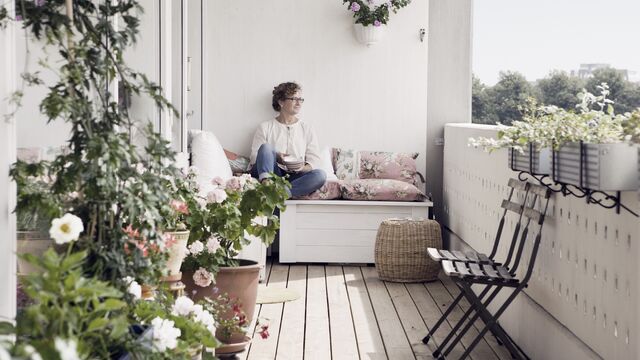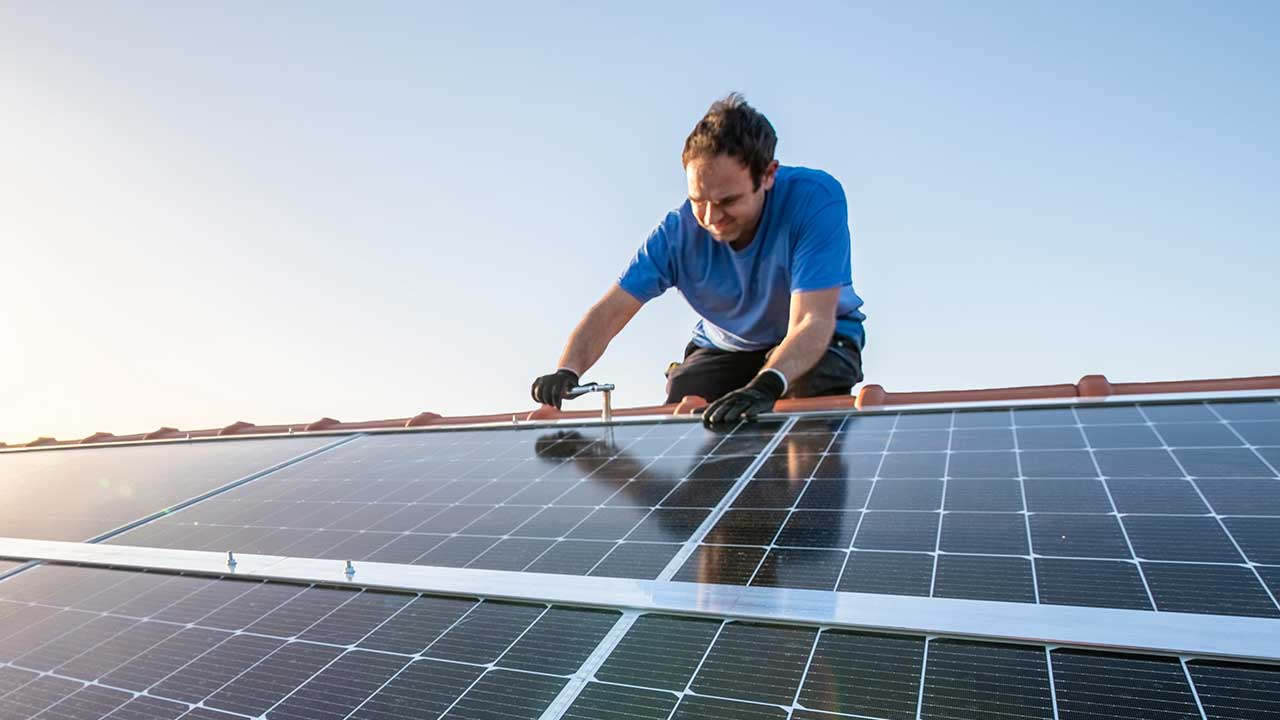Five examples of how to improve the energy efficiency of a single-family house
- Change the heating system of your house to a more energy-efficient solution. For example, a ground source heat pump extracts solar energy stored in the ground or water and saves you money on your heating bills. An air-to-water heat pump takes heat from the outside air. Both heating options are suitable for a water-based heating system.
- Renovate the old windows of your house by changing the window seals or replacing rotten window frames. If your windows don’t work properly or are more than 50 years old, you should consider replacing them with more energy-efficient ones. Energy labelling helps you to compare the energy performance of new windows.
- Additional insulation of exterior walls can improve the energy efficiency of your house and help you meet current requirements. Since this means insulating the building on the outside, you should consider doing it in connection with an exterior upgrade.
- Consider installing solar panels. Solar power is a clean energy source and it enables you to become more energy self-sufficient. You can also prepare for possible fluctuations in electricity prices.
- Part of the heat can be lost through the loft and roof, so you should consider adding insulation to the flat roof. Insulating your loft and roof is an effective way to reduce heat loss and your heating bills.
Read more about the energy efficiency of a single-family house on Motiva’s website (in Finnish)
.svg)


